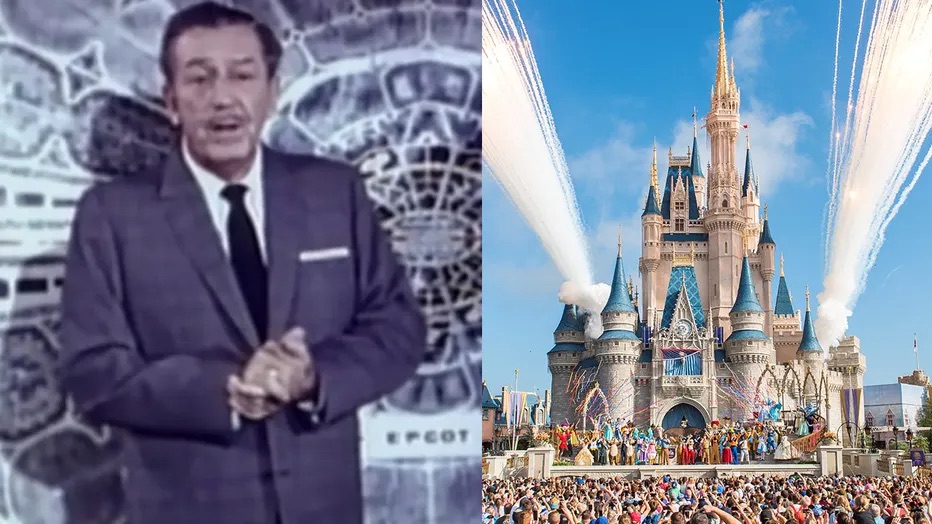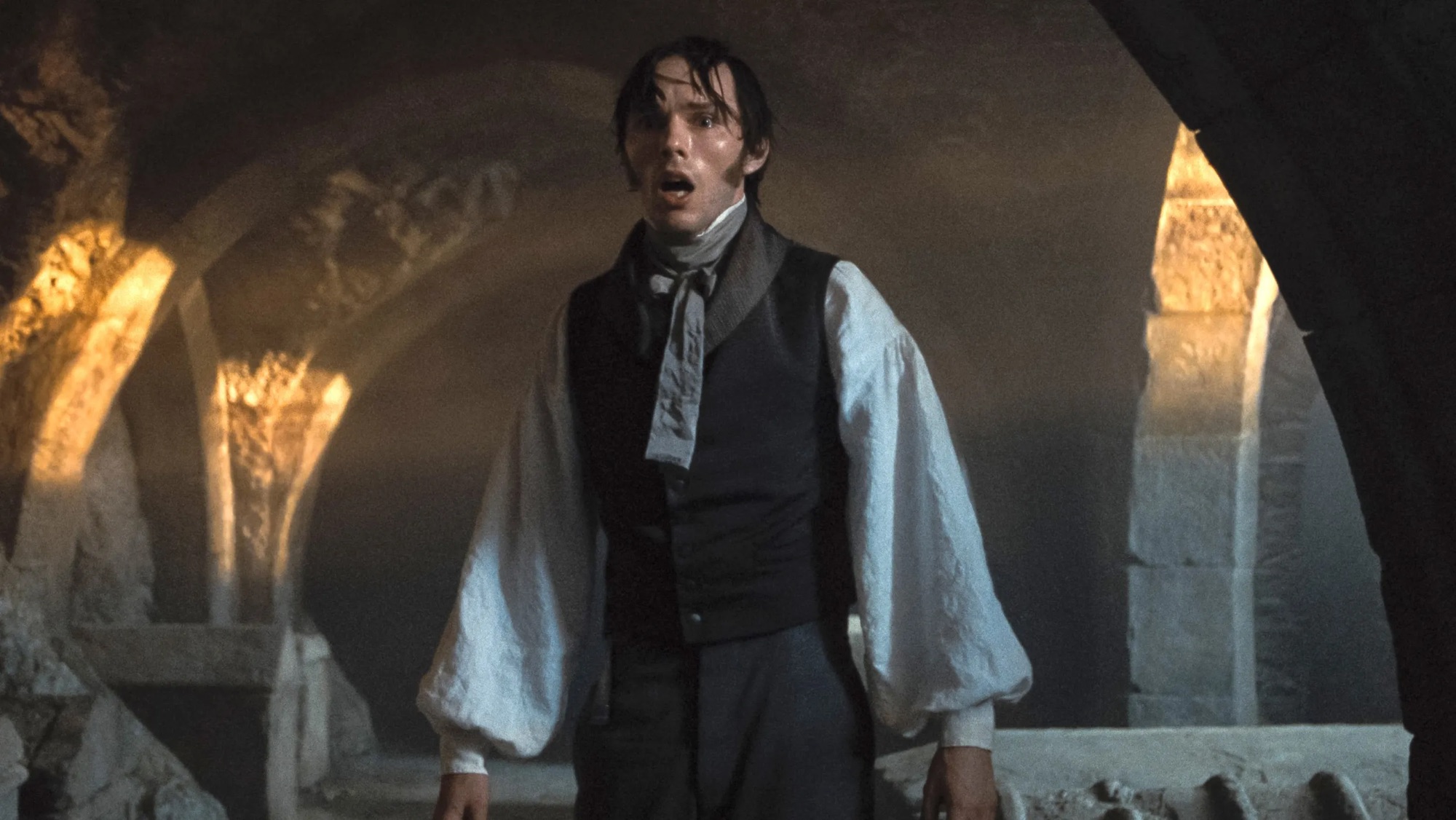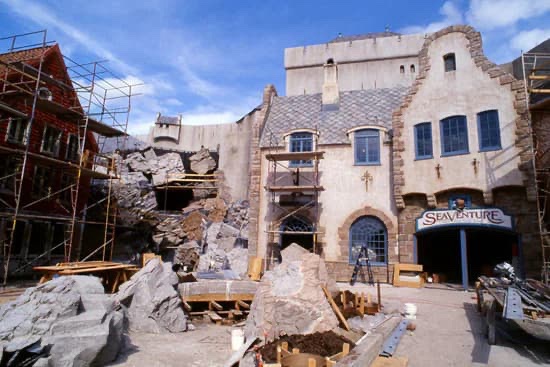Orlando’s transformation into a major tourist destination is a fascinating story of growth, innovation, and strategic development that has positioned it as a global leader in entertainment and tourism. This development, marked by the establishment of iconic attractions and the evolution of its infrastructure, has been driven by a combination of historical events, visionary leadership, and significant investments.
Here are some key statistics and data points from 2023 that highlight Orlando’s current status as a tourism hub:
- Number of visitors: Over 75 million tourists visited Orlando in 2023, maintaining its position as the most visited city in the United States.
- Economic impact: The tourism industry in Orlando generated approximately $75 billion in economic impact in 2023, supporting a wide range of businesses and services.
- Hotel occupancy rates: The average hotel occupancy rate in Orlando for 2023 was 85%, reflecting the city’s high demand for accommodations.
The Early Beginnings: From Swampland to Settlements
Orlando’s journey to becoming a tourist destination began long before the arrival of theme parks. In the mid-19th century, the area was largely swampland with few settlements. The establishment of Fort Gatlin in 1838 marked the first significant U.S. military presence in the region, primarily to protect settlers from the Seminole Indians during the Second Seminole War.
The city’s official founding in 1875, following the end of the Indian Wars and the establishment of the South Florida Railroad in 1880, marked a significant turning point. These events catalyzed the development of infrastructure, making the area more accessible and attractive to settlers and investors.

The Citrus Boom and Early Tourism
In the late 19th and early 20th centuries, Orlando became known as the “Citrus Capital of the World.” The booming citrus industry attracted seasonal visitors, often referred to as “snowbirds,” who came to the area to escape the harsh northern winters. This period saw the first stirrings of tourism, as visitors were drawn to the warm climate and picturesque landscapes.
Hotels began to spring up to accommodate these seasonal visitors, and local entrepreneurs started to market Orlando as a vacation destination. The Florida Land Boom of the 1920s further accelerated this trend, as real estate speculation and marketing campaigns highlighted the region’s appeal.
The Walt Disney World Era
The most transformative event in Orlando’s history as a tourist destination occurred in 1965, when Walt Disney announced plans to build a new theme park, which would later become Walt Disney World Resort. Opened in 1971, Walt Disney World revolutionized tourism in Orlando, shifting the focus from seasonal visitors to a year-round tourist economy.
Disney’s vision extended beyond just a theme park; it was a comprehensive entertainment complex that included hotels, restaurants, shopping centers, and various recreational activities. This comprehensive approach set a new standard for the tourism industry and attracted millions of visitors annually from around the world.

The success of Walt Disney World inspired other developers to invest in the area. Universal Studios Florida opened in 1990, further solidifying Orlando’s reputation as the “Theme Park Capital of the World.” These developments transformed the local economy, with tourism becoming the primary industry and a significant driver of job creation and economic growth.
Expanding Beyond Theme Parks
While theme parks remain central to Orlando’s tourism industry, the city has diversified its attractions to appeal to a broader audience. The development of International Drive (I-Drive), a major thoroughfare lined with hotels, restaurants, shops, and entertainment venues, has become a key area for tourists.
Orlando has also become a major destination for conventions and conferences. The Orange County Convention Center, one of the largest in the United States, hosts hundreds of events annually, drawing millions of business travelers and contributing significantly to the local economy.
In addition to theme parks and convention centers, Orlando boasts a variety of natural attractions, including lakes, parks, and nearby natural springs. These offer outdoor activities such as boating, fishing, hiking, and wildlife viewing, further broadening the appeal of the region to tourists.
The Role of Infrastructure and Technology
Orlando’s growth as a tourist destination has been supported by significant investments in infrastructure. The expansion of Orlando International Airport (MCO), which serves over 50 million passengers annually, has been crucial in accommodating the influx of visitors. The development of major highways, such as the I-4 corridor, has also improved access to the city’s attractions.
Moreover, advancements in technology have enhanced the visitor experience. Innovations in ticketing, digital marketing, and mobile applications have made it easier for tourists to plan their trips, access information, and navigate the city’s attractions.
The Future of Tourism in Orlando
Looking forward, Orlando continues to evolve and adapt to changing trends in the tourism industry. The city is investing in new attractions, such as the upcoming Epic Universe theme park by Universal Studios, set to open in the mid-2020s. Additionally, there is a growing focus on sustainable tourism practices, aiming to minimize the environmental impact of the industry.
Orlando is also exploring opportunities in emerging markets, such as esports and wellness tourism, to diversify its offerings and attract a wider range of visitors. The city’s tourism industry remains resilient, demonstrating an ability to innovate and respond to new challenges and opportunities.
Orlando’s history as a tourist destination is a testament to the power of vision, innovation, and strategic investment. From its humble beginnings as a small settlement to its current status as a global entertainment hub, Orlando has continually reinvented itself to meet the changing needs and desires of visitors. With ongoing developments and a commitment to enhancing the visitor experience, Orlando’s future as a top tourist destination looks brighter than ever.






